Why I don't use the five principles of regenerative agriculture.
Whenever I ask conventional farmers or professionals from the food and farming industry what they know about regenerative agriculture, the answer is often; ‘there are five principles of regenerative agriculture’.
The five principles are;
- Minimise soil disturbance
- Maximise crop diversity
- Keep soils covered
- Maintains living roots year round
- Integrate livestock
Now, I love Gabe Brown, Allen Williams, and the Understanding Agriculture crew with their five (or now six) principles of regenerative agriculture as much as the next regen groupie – I have learned so much from these guys and am in awe of what they are achieving in the world. But as much as I love this practical, applicable, grounded approach to regenerative agriculture, I am also increasingly aware that it can lead to a partial view of a much wider, deeper and older regenerative story.
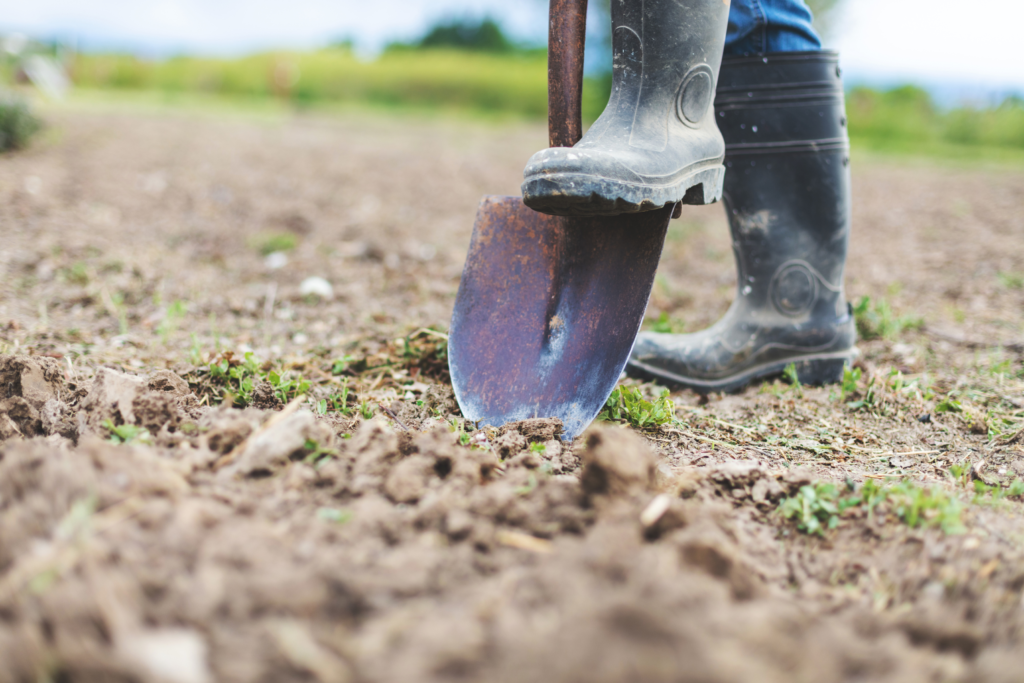
Regenerative agriculture is sometimes positioned as a ‘new thing’. I have been repeatedly told it’s a fad and simply a ‘buzz’ word that will soon die a death – I totally disagree.
I’m a big fan of developmental psychology models and love to use the Spiral dynamics framework to help me understand how the world works. This macro framework of human worldviews can help explain everything from the unexpected results of elections and why my son is going through an uncooperative stage to why humans have designed food and farming systems that undermine the very resources they rely on!
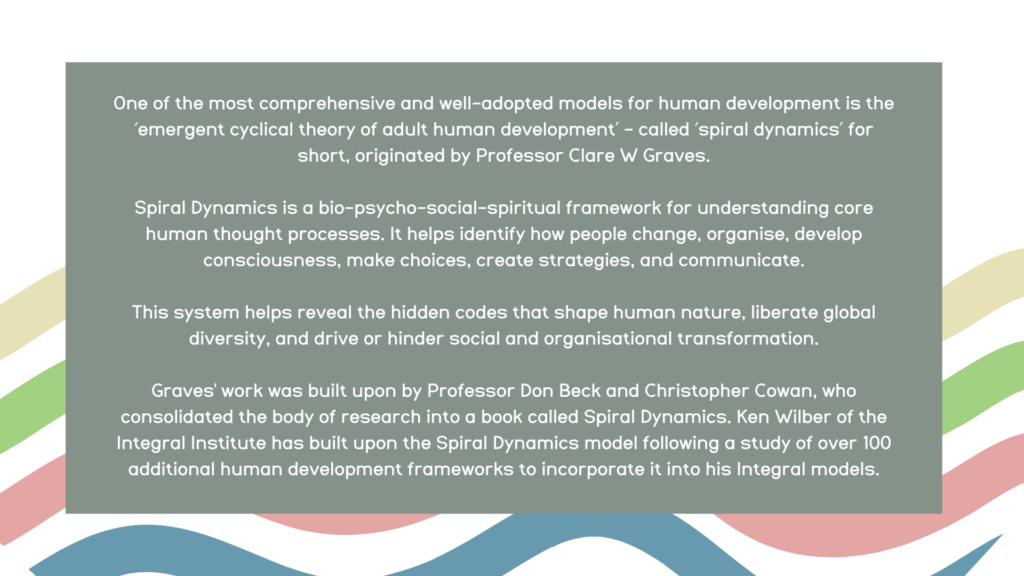
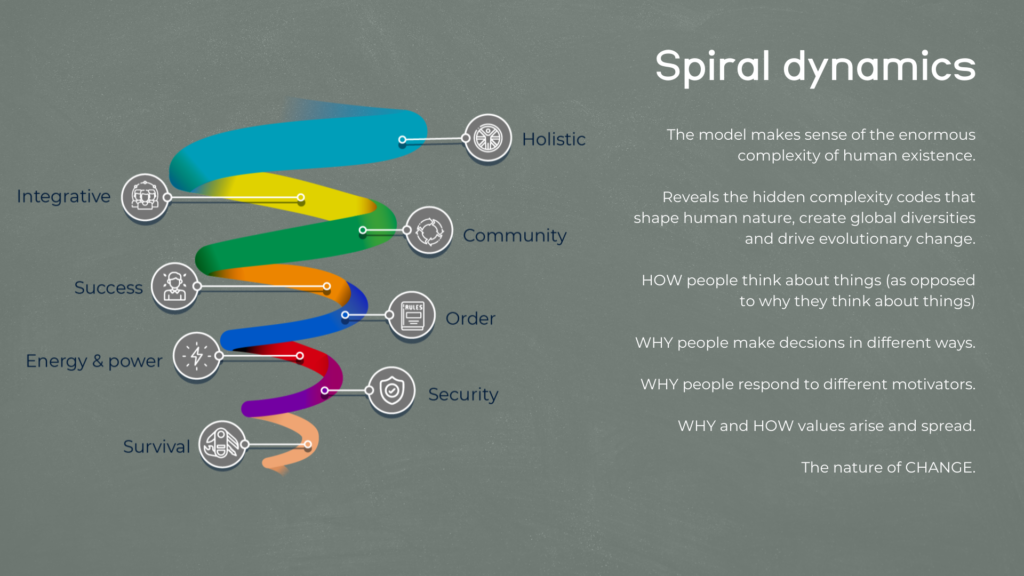
Spiral dynamics and integral theory draw from hundreds of developmental psychology models studying cultures worldwide. Humans go through predictable stages of development over time, and the dominant stage adults reach is then reflected in broader society.
This evolution of consciousness can be understood as a hierarchical spiral that evolves to greater levels of complexity. This hierarchical spiral doesn’t consist of rigid levels but can be likened to flowing waves, with much overlap and interweaving.
Each stage is neither good nor bad but expresses certain qualities that offer a viewpoint for the “real world” according to unique perceptual filters. Within this spiral dynamics model, different colours represent different levels or waves of development; All stages are necessary for the healthy development of humanity and society. For people to evolve to more complex levels, individuals must experience and live through each lower level in turn, transcending and including each stage of development.
This conversation is relevant to agriculture because as societies have moved through these different stages, agriculture has, too. Emerging now is a ‘second tier’ form of agriculture that stands firmly on the lessons and valuable technologies of all of the previous stages: hunter-gatherers, indigenous farming and ecological thinking, traditional, locally adapted mixed farming techniques, the beneficial technology of the green revolution, the values and learnings of the organic movement, and the resilience, adaptability and scalability of localised farming systems like CSA’s.
This emerging level of agriculture is regenerative agriculture.

The critical point here is to transcend and include the earlier stages of development. Regenerative agriculture isn’t new—it’s rooted in indigenous wisdom and has benefited from the hard work, blood, sweat, and tears shed by people at each stage of development.
Many of the great regenerative farming heroes have gone through these different stages of development and have made the ‘big leap’ to the second tier, often catalysed by some major disaster.
Gabe Brown’s multiple years of crop failures due to hail storms or Charles Massey’s farm burning to the ground! These events (and no doubt years of previous self-development ) led to them being forced to see their situation differently – it shifted their paradigm into a holistic, systems-thinking way of looking at the world. Only then could they solve the problems that seemed insurmountable with their previous mindset.
So, when farmers learn and adopt regenerative agriculture, if they want to achieve the impressive outcomes of the great regenerative heroes, they too must match internally—the sage of consciousness—those who developed the regenerative practices.
As regenerative agriculture gains popularity, the practices are being applied without the entire understanding of why and if they are suitable for the unique context of the farm. This is being exacerbated as more large food companies see the benefits of the regenerative outcomes and want to ‘lever’ their supply chain farmers into adopting the practices.
This is described beautifully in the white paper ‘ Levels of Regenerative Agriculture’ by Ethan Roland Soloviev and Gregory Landua. In it, they propose that regenerative agriculture is being applied at different levels (which also align with the spiral dynamic levels above).
Below is my take on the four levels they outline in the paper.
Level 1 - Functional
At this level, farmers and food companies become aware that farming can be part of the solution and can move from aspirations of ‘sustainability’ where they do less harm to actively repairing and renewing the soil health on the farm and reducing greenhouse gas emissions.
At this level, farmers are primarily still working with their existing systems that may have been designed in science and thinking of the green revolution or previous farming era. They are adding regenerative practices to this system. Most of the time, they grow the same annual vegetable and grain crops or manage the same breeds of livestock on ‘productive’ leys.
There is an interest in using fewer chemicals and pesticides. However, because they are still trying to grow the same commodity crops on unhealthy soil, they will likely suffer from pest and disease problems. They will struggle to reduce fertilisers or be able to move away from herbicide use.
This is the level at which some large food companies often enter the regenerative scene using regenerative agriculture practices as a tool to achieve their net zero goals (through top-down levers). Usually, this is done without supporting their farmers in developing the ‘whole system function’ required to provide the natural fertility and pest, weed, and disease control needed to make a regenerative system work. These companies often use ‘best practices’ and compliance tools to try and achieve their outcomes. This can leave farmers to pick up the costs of repeated failures and the conclusion that ‘regenerative agriculture doesn’t work!’

Level 2 - Integrative
At this level, farmers and some forward-thinking food companies realise that there are no limits to the good that farming can do for the farm ecosystem and the planet. The view broadens from focusing on soil health to aiming for the regeneration of biodiversity, hydrology, and whole ecosystems.
It may be recognised that problems such as lack of fertility and the need to use herbicides are design problems. These problems can be addressed when the soil system, plant system, animal system, and farm ecosystem are all designed to function as a whole system that’s completely suited to the environmental and social context.
Problems are considered more deeply, and rather than repeatedly addressing symptoms, the root cause of the problem is explored and designed out of the system.
At this level, the farm will examine the field layer of management and consider integrating trees and additional enterprises to increase resilience and complexity in the system.
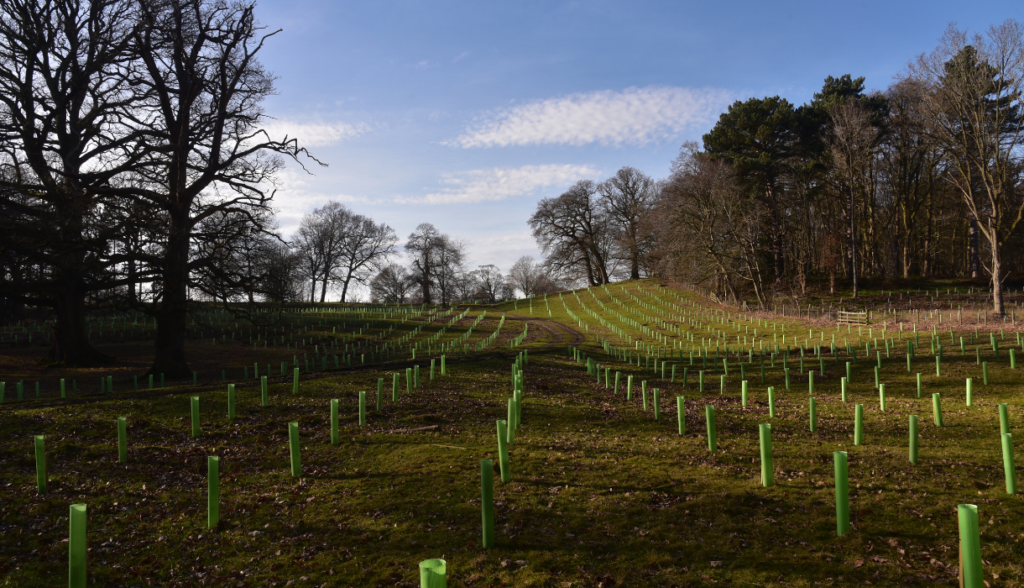
Level 3 - Systemic
There are far fewer people adopting regenerative agriculture to this level and those who recognise that regenerative agriculture is not just a set of practices and design strategies but a paradigm. Those practising regenerative agriculture at this level are acting as part of the system and can use systems thinking and pattern recognition to enhance and adapt their farm management.
At this level, the farming system is not seen as an isolated unit but as an ecosystem of enterprises and interconnected wholes up to its bioregion. The farming system moves beyond ‘resilient,’ where it can bounce back from shocks and disruptions, to ‘antifragile,’ where it benefits from such natural disruption.
At this level, we can recognise that farms acting independently will struggle to become genuinely sustainable (in terms of profit) and that if we want a resilient food system, then not only do we need regenerative farmers but also regenerative citizens, food companies, and a decentralised, localised, dynamic food network to replace top-down profit-driven entities operating in a commodity-driven global market.
Level 4 - Evolutionary
This level comes from a pattern understanding of the place. It is mostly only found in indigenous peoples, traditional farming communities uncorrupted by modern farming techniques, or authentic regenerative communities/cultures—they are rare indeed.
Those practising regenerative agriculture at this level act as part of the system, a kind of ‘conscious’ keystone species who are holistic, ecological thinkers with a deep reverence for place. The human role becomes a mutually beneficial coevolution design process informed by its unique socio-ecological essence.
A deep understanding of the geology, hydrology, ecology, plants, wildlife, and human history is required. This depth of ‘rootedness’ is usually only found with multi-generational land inhabitants or those consciously working towards becoming indigenous to place.
At this level, regenerative ‘managers’ (no longer the correct term) feel a responsibility to learn, grieve, and seek to reconcile history’s deep socio-cultural footprint with the next generation of farming.
Our Roots to Regeneration programme aims to work at all four levels of regenerative agriculture through a year-long (and beyond) transformational process that includes a design and ‘rooting’ transition process within a supportive community.
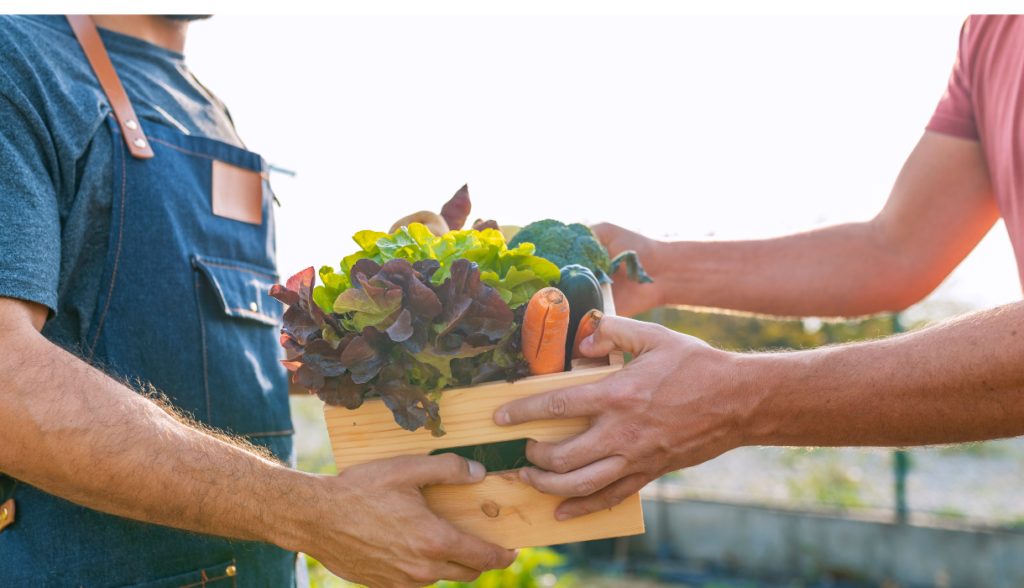
A helpful framework
When reading new publications that claim to explain or evidence regenerative agriculture, it is important to understand these levels- or worldviews.
For example, a literature review or paper assessing the ‘effectiveness’ of regenerative agriculture might only include those operating at the functional level who are involved in commercial agriculture and associated with universities. Indigenous people who have been practising regenerative agriculture for the longest time are very unlikely to be involved in such studies.
Papers exploring ‘Does regenerative agriculture work?’ entirely miss the point that any regenerative agriculture being practised beyond the functional level is entirely adapted to the unique context of people and place, so cannot be studied using standard scientific methodologies. Are we looking through the lens of carbon, wildflowers, animal health, human health or hydrological function? It certainly can’t capture the evolving whole system function that changes in response to the environment and needs of the farming family – the very capacity that makes regenerative agriculture effective!
Another example of where an understanding of the levels can be helpful is in response to the call for establishing a set of standards or universal certification of regenerative agriculture products. This need makes complete sense in the functional level of regenerative agriculture where the products are still part of anonymous globalised supply chains run by large corporations and customers don’t know where their food is coming from let alone the individual farmer and their methods of production! From a systemic or evolutionary perspective, however, you can see the immediate limitations of this proposition. When regenerative products are part of a complex, resilient, decentralised, localised system of community-based farms supported by knowledgeable and empowered citizens, it is counter productive to impose costly and limiting compliance and certification on family farms.
Perhaps a transition strategy would be to standardise and measure the regenerative outcomes – such as soil health and biodiversity improvements – leaving scope for the unique context of how regenerative agriculture is adopted, adapted and evolved on individual farms and communities?
And that brings me back to the five principles of regenerative agriculture where we started.
These 5 (now 6) principles are beneficial guidelines for arable farmers, starting at regenerative agriculture’s functional and integrative level.
The five principles don’t work so well for the livestock farmers I mainly work with. They generally maintain a living root in the soil, don’t disturb it, keep the soil covered, and run livestock. However, they are still suffering from ecological downgrading and degeneration due to standard management practices.
For me, principles are more universal, such as fundamental truths and the laws of how nature functions. Most of the regenerative organisations who have been around the longest and work at the systemic or evolutionary level (such as Regenesis, Savory Institute, Permaculture and Regrarians) all embrace this ‘living system’ design approach and use frameworks that allow for the evolving uniqueness and complexity of whole systems unique to people and place.
In the now very famous fable of the blind men touching an elephant, one of the men, after touching the elephant’s thick, solid leg, concludes that an elephant is like a tree trunk. Similarly, assuming that regenerative agriculture is about soil health and a set of standard regenerative practices is true, but it’s a partial piece of a much bigger picture.
It is essential to have every level of regenerative agriculture represented in society – we need every rung in the ladder to get people off the ground. Some of the more practitioner/practice-based offerings are critical to the large-scale adoption of regenerative agriculture. But of equal importance is recognising that this level isn’t ‘it’ – it’s a partial understanding of regenerative agriculture.
There’s a lot more to ‘it!’
We must remain open to broadening and ‘up-leveling’ our knowledge when adopting regenerative agriculture (instead of just getting deeper and narrower into soil science) if we are to create a regenerative society fit for the future. We need a wider diversity of practitioners and teachers in this space who are getting airtime, including those who don’t have a privileged background, dominant voice, or corporate backing.
At Roots of Nature, I use the ROOTED framework I developed to support farmers in evolving their regenerative process to the systemic and evolutionary levels. The framework we use in the R2R programme and the Wilderculture Approach includes developing a farm’s unique regenerative context and teaching about landscape health, soil and other ecological functions to create vibrant, productive farms that are less reliant on inputs. But critically, it also supports the development of the capacity of the farmers or participants to become systems and holistic thinkers and supports them to design their farming and food systems using living systems or ‘regenerative’ principles such as those listed below.
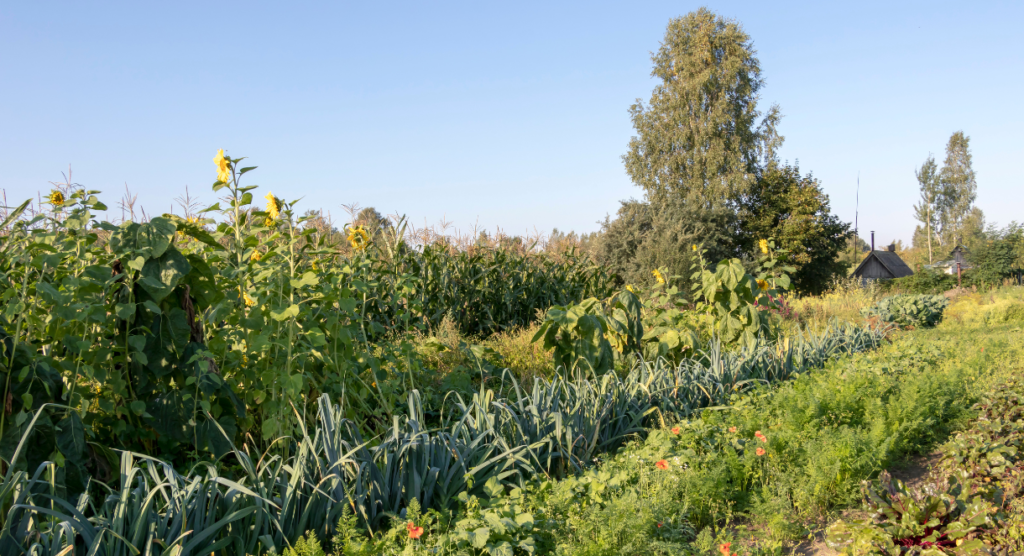
Regenerative Principles (ROOTED framework)
Principle 1 – Seasons/cycles: In nature, life works in a series of natural macro, meso and micro cycles.
Principle 2 – Holistic/embedded holons: living systems are holistic and comprise many holons.
Principle 3 – Interdependence/reciprocal: In living systems, the relationships are as important as the parts, and a whole system can not be understood by analysing the parts in isolation of the relationships.
Principle 4 – Uniqueness/niche: Just as interdependence and relationships are essential to the health of a whole natural system, each individual has a unique quality, character, function and purpose.
Principle 5 – Closed loop/recycled/zero waste: There is no waste in natural systems – all outputs become useful inputs to another part of the system.
Principle 6 Fractal/patterns: Nature works in patterns and principles that repeat at different scales.
Principle 7 Communication across the whole system: In nature, plants and animals are connected through a complex system of dynamic communication networks.
Principle 8 – Diversity/complexity/resilience/synergies: An improved diversity of interdependent relationships and types of relationships enhances the resilience and function of a whole system.
Principle 9 Adaptation: Regenerative systems mimic nature in order to be resilient and productive with minimal inputs. Nature ‘works’ everywhere but the plants and animals are entirely different depending on the unique elemental conditions of the site..
Principle 10 Evolutionary/succession/ developmental; Environments change, and systems need to evolve in order to survive these changes.
Principle 11 Polycentric/self-organising/place based: Natural systems are polycentric and self organising and do not require top down command and control hierarchies to be productive and remain in dynamic balance.
Principle 12 Nodal action/the field: Nodes are leverage points within a complex system (a corporation, an economy, a living body, a city, an ecosystem) where a small shift in one thing can produce big changes in everything.
Sign up for our mailing list to be the first to know about new training dates and access educational content and we’ll send you a free copy of ‘Rooted’ our seasonal journal of regeneration.

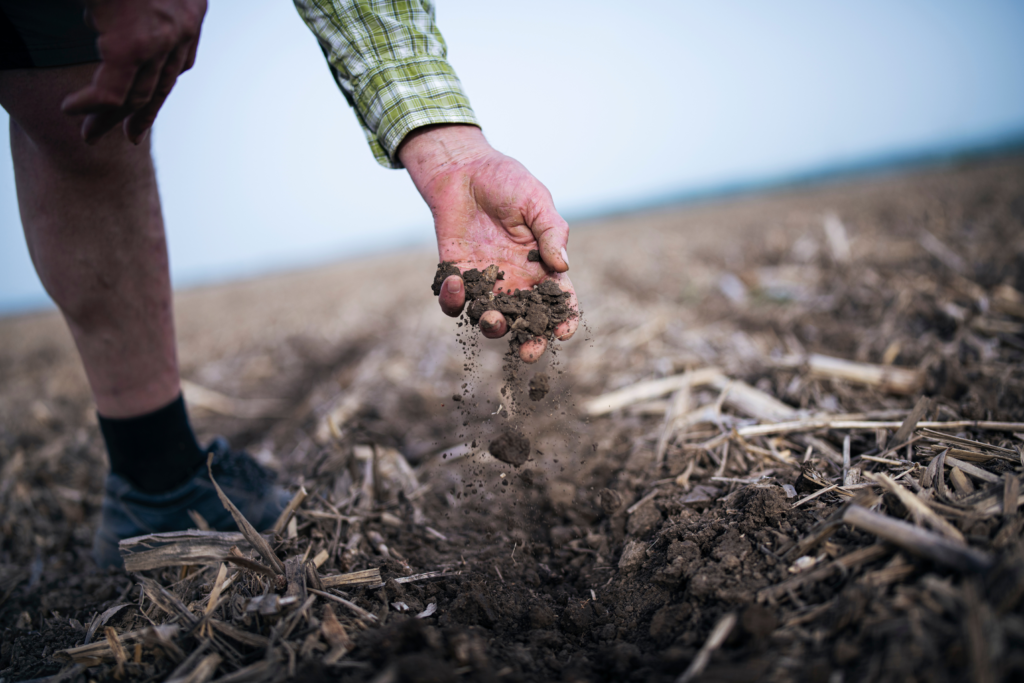
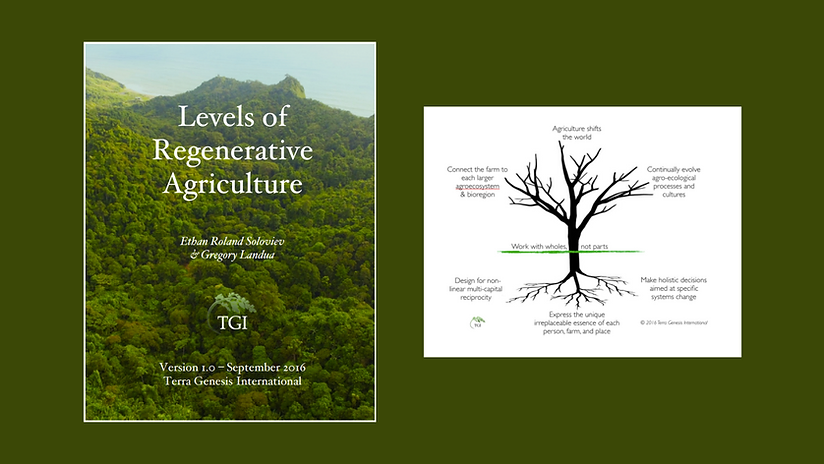
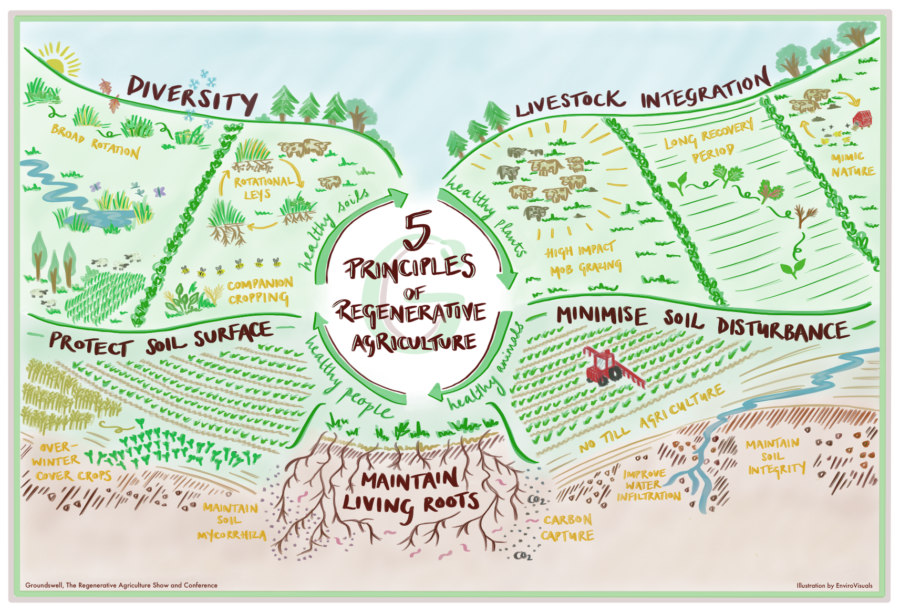
Thank you! I have been trying to connect agriculture with spiral dynamics for some time. We call it AncientFuture farming. You have beautifully and clearly put into words what I was struggling to grasp
I’m curious as to what you think about incorporating the biosolids from wastewater treatment plants into the regenerative agriculture framework. I see biosolids as a part of the circular economy of resources. Biosolids contain organic material and nutrients (phosphorus and nitrogen to name a few). Returning them to the farm fields to where they came from only makes sense. It’s nature at its circular best.
This article has been immensely helpful for me. Recognising where I am in the spiral in relation to those around me has released a wave of compassion which replaces frustration towards those learning in the lower levels, and helps me target information appropriately. I feel free to continue my own learning released from the burdan of lower level expectation, recognising the value of my exploration to the
whole. With gratitude.